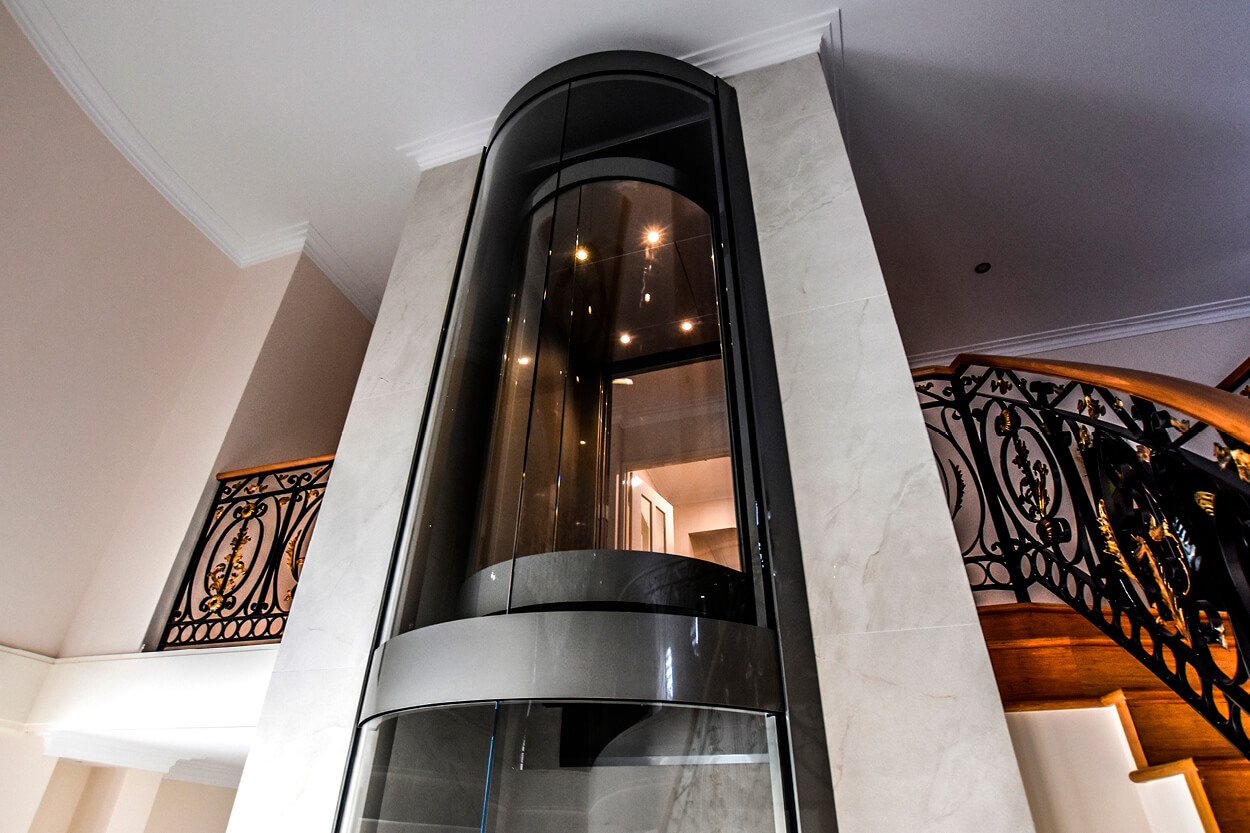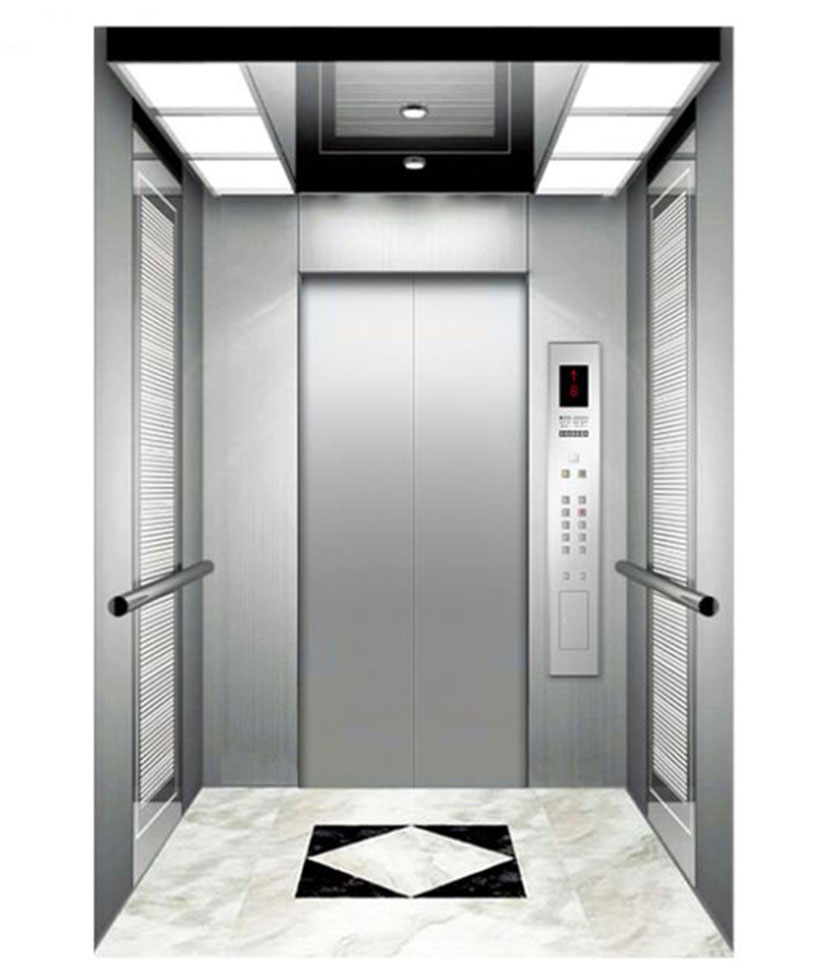Lifting Your Legend: A Comprehensive Guide to Lift Kits for the 2001 Jeep Grand Cherokee
The 2001 Jeep Grand Cherokee (WJ) is a legendary SUV, known for its blend of on-road comfort and off-road capability. Many owners want to enhance its off-road prowess and give it a more aggressive stance. A lift kit is a perfect way to achieve this.
Lift Kit 2001 Jeep Grand Cherokee
This guide provides an in-depth look at lift kits for the 2001 Jeep Grand Cherokee. We will cover everything from choosing the right kit to installation considerations and the benefits you can expect. Let's dive in!
Why Lift Your 2001 Jeep Grand Cherokee?
There are several compelling reasons to consider a lift kit for your WJ. It's not just about aesthetics. Functionality plays a big role too.
-
Increased Ground Clearance: This is the most obvious benefit. A lift kit raises the body and chassis, providing more clearance to navigate obstacles like rocks, logs, and deep ruts.

Larger Tires: A lift kit creates space for larger tires. Larger tires increase ground clearance even further. They also improve traction in off-road conditions. A more aggressive tire tread pattern complements the lift perfectly.
-
Improved Off-Road Performance: The combination of increased ground clearance and larger tires significantly improves your Jeep's off-road capabilities. You'll be able to tackle more challenging trails with confidence.
-
Enhanced Appearance: Let's be honest, a lifted Jeep looks fantastic! A lift kit gives your WJ a more imposing and aggressive appearance. It will definitely turn heads.
-
Better Approach and Departure Angles: Lifting your Jeep increases the approach and departure angles. These angles determine how steep of an obstacle you can drive over without hitting the front or rear of your vehicle.


Choosing the Right Lift Kit: A Step-by-Step Guide
Selecting the right lift kit for your 2001 Jeep Grand Cherokee requires careful consideration. There are various types of kits available, each with its own pros and cons. The best choice depends on your budget, intended use, and desired level of lift.
-
Determine Your Budget: Lift kits range in price from a few hundred dollars to several thousand. Decide how much you're willing to spend before you start shopping. Remember to factor in the cost of installation if you're not doing it yourself.
-
Identify Your Intended Use: How do you primarily use your Jeep? Is it a daily driver that occasionally sees off-road use, or is it a dedicated trail machine? Your intended use will dictate the type of lift kit you need.
-
Decide on the Desired Lift Height: Lift kits typically range from 2 inches to 6 inches or more for the WJ. A smaller lift (2-3 inches) is suitable for mild off-roading and daily driving. Larger lifts (4+ inches) are better for more serious off-road adventures.
-
Research Different Types of Lift Kits: There are several types of lift kits available for the 2001 Jeep Grand Cherokee, including:
-
Budget Boosts (Coil Spacers): These are the most affordable option. They simply add spacers on top of your existing coil springs. This provides a small amount of lift (usually 1-2 inches). Budget boosts are easy to install but don't improve ride quality.
-
Coil Spring Lifts: These kits replace your stock coil springs with taller, stiffer springs. This provides a more significant lift (usually 2-4 inches) and can improve ride quality. Coil spring lifts are a good balance of price and performance.
-
Long Arm Lifts: These are the most comprehensive and expensive type of lift kit. They replace the stock control arms with longer arms. This improves suspension articulation and ride quality, especially at higher lift heights (4+ inches). Long arm lifts are ideal for serious off-road enthusiasts.
-
-
Read Reviews and Compare Kits: Once you've narrowed down your options, read reviews from other Jeep owners. Compare the features and specifications of different kits. Pay attention to the quality of the components and the ease of installation.
Pro tips from us: Based on my experience, it's always best to invest in a reputable brand. While cheaper kits might seem appealing, they often use lower-quality components that can wear out quickly or even fail.
Essential Components of a Lift Kit
A lift kit typically includes several components that work together to raise your Jeep and improve its performance. The specific components included will vary depending on the type of kit you choose. Here are some of the most common components:
-
Coil Springs: Replace the stock coil springs with taller, stiffer springs to provide lift and improve ride quality.
-
Coil Spacers: Add spacers on top of the existing coil springs to provide a small amount of lift.
-
Shocks: Longer shocks are needed to accommodate the increased suspension travel.
-
Control Arms: Longer control arms improve suspension articulation and ride quality, especially at higher lift heights.
-
Track Bar: A track bar helps center the axle under the vehicle after lifting it.
-
Sway Bar Links: Longer sway bar links are needed to maintain proper sway bar function.
-
Brake Lines: Longer brake lines may be needed to accommodate the increased suspension travel.
Installation Considerations: DIY or Professional?
Installing a lift kit can be a challenging task, especially for those with limited mechanical experience. It's important to carefully consider whether you want to tackle the installation yourself or hire a professional.
DIY Installation:
- Pros: Save money on labor costs. Gain a better understanding of your vehicle's suspension system.
- Cons: Requires mechanical skills and experience. Can be time-consuming and physically demanding. Requires specialized tools.
Professional Installation:
- Pros: Ensures proper installation and alignment. Saves time and effort. Reduces the risk of injury or damage to your vehicle.
- Cons: Can be expensive. Requires finding a reputable shop with experience installing lift kits on Jeep Grand Cherokees.
Based on my experience, a budget boost or coil spring lift can be a manageable DIY project for someone with moderate mechanical skills. However, a long arm lift is best left to the professionals.
Common mistakes to avoid are: Not properly disconnecting the battery before starting work. Forgetting to torque all bolts to the correct specifications. Failing to get a proper wheel alignment after the installation.
Post-Lift Considerations: What to Expect After Installation
After installing your lift kit, there are a few things you need to be aware of:
-
Wheel Alignment: A wheel alignment is crucial after installing a lift kit. This ensures that your tires wear evenly and your vehicle handles properly.
-
Tire Size: You'll need to choose the right tire size to complement your lift kit. Consult with a tire professional to determine the maximum tire size that will fit without rubbing.
-
Driveline Vibrations: Lifting your Jeep can sometimes cause driveline vibrations. This is more common with larger lifts. You may need to install a transfer case drop kit or a double cardan driveshaft to eliminate these vibrations.
-
Headlight Adjustment: You may need to adjust your headlights after lifting your Jeep to ensure that they are properly aimed.
Maintaining Your Lifted Jeep
Proper maintenance is essential to keep your lifted Jeep running smoothly and safely. Here are a few tips:
-
Regularly inspect your suspension components: Check for wear and tear on your shocks, springs, control arms, and other suspension components.
-
Grease your suspension components: Regularly grease your suspension components to keep them lubricated and prevent premature wear.
-
Rotate your tires: Rotate your tires regularly to ensure even wear.
-
Get regular wheel alignments: Get your wheels aligned regularly to prevent tire wear and ensure proper handling.
The Final Verdict: Is a Lift Kit Right for You?
A lift kit can be a great way to enhance the off-road capabilities and appearance of your 2001 Jeep Grand Cherokee. However, it's important to carefully consider your budget, intended use, and mechanical skills before making a decision.
If you're looking for a mild lift for improved off-road performance and a more aggressive look, a budget boost or coil spring lift may be the right choice for you. If you're a serious off-road enthusiast who wants maximum performance, a long arm lift is the way to go.
No matter which type of lift kit you choose, be sure to do your research, choose a reputable brand, and install it properly. With the right lift kit, your 2001 Jeep Grand Cherokee will be ready to tackle any trail!
External Link: For more information on Jeep Grand Cherokee modifications, check out Quadratec.
Internal Linking: You might also be interested in our article on [Best Off-Road Tires for Jeeps](link to hypothetical article). Or perhaps [Jeep Maintenance Tips for Longevity](link to hypothetical article).
In conclusion, lifting your 2001 Jeep Grand Cherokee is a transformative upgrade. It enhances both its aesthetic appeal and its off-road capabilities. By carefully considering your needs, budget, and the available options, you can select the perfect lift kit to elevate your Jeep to new heights. Remember to prioritize safety, proper installation, and regular maintenance to ensure years of enjoyable adventures.
Comments
Post a Comment